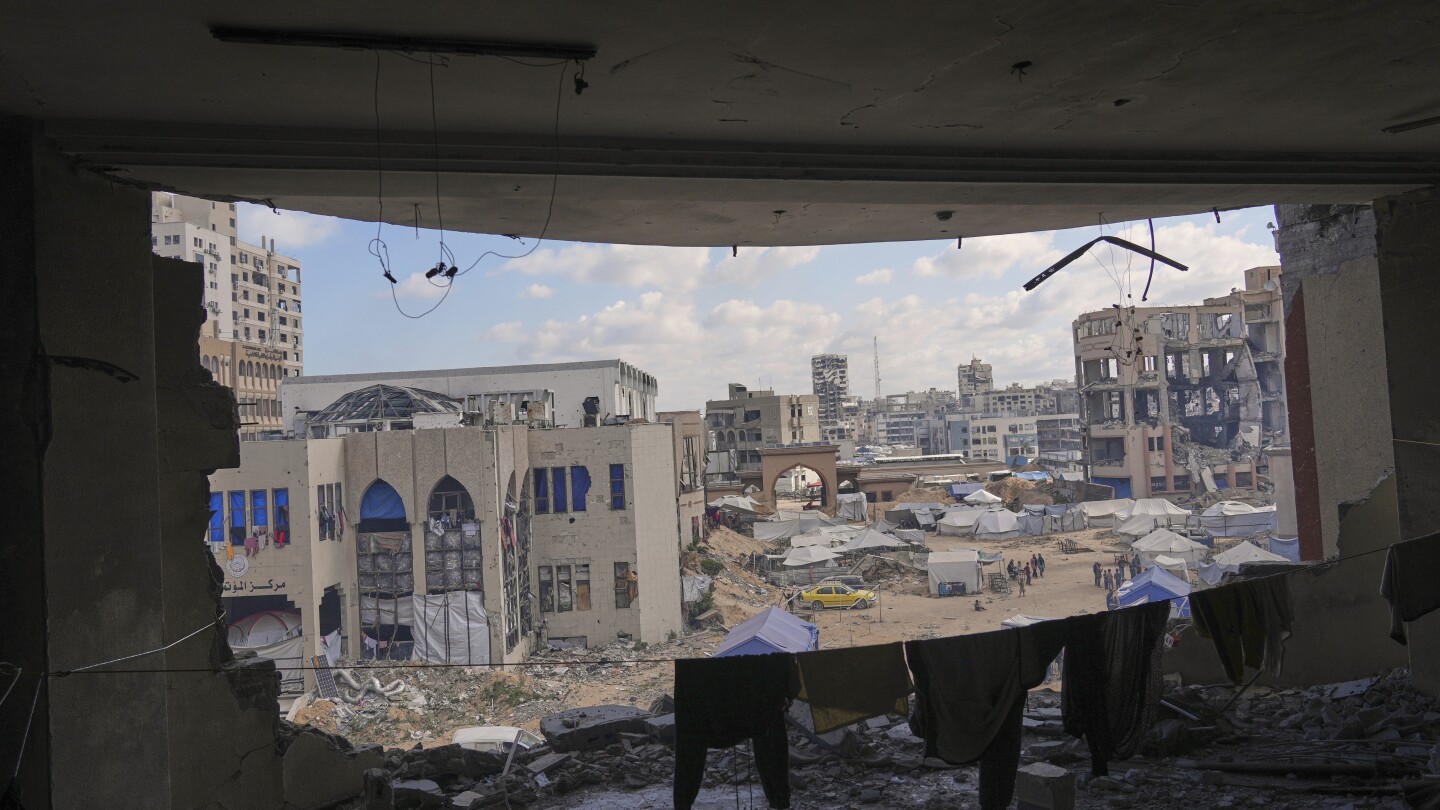Resilience Amid Ruins: A Gaza University Transforms into a Refuge for Displaced Families
In the war-torn Gaza Strip, the Islamic University of Gaza (IUG) has become an unlikely sanctuary for hundreds of displaced families. Since October 2023, the bomb-damaged campus has sheltered over 1,200 Palestinians who lost homes in the ongoing conflict. This transformation from educational institution to humanitarian haven underscores both the desperate need for safe spaces and the community’s remarkable adaptability in crisis.
From Lecture Halls to Living Quarters
The university’s concrete corridors, once filled with students discussing philosophy and physics, now echo with children’s footsteps and the hum of communal cooking. Classrooms have been partitioned with blankets into makeshift family units, while the library houses elderly residents needing stable flooring. University administrators made the decision to open doors after an Israeli airstrike destroyed the nearby Al-Shati refugee camp on October 12.
“We had two choices: let our damaged buildings collect dust or give them purpose,” said Dr. Kamalain Shaath, IUG’s Vice President for Community Affairs. “When rockets destroyed the eastern wing last November, we realized even broken walls can provide shelter from the rain.”
The scale of displacement necessitating such measures is staggering:
- Over 1.7 million Gazans internally displaced (UNOCHA, March 2024)
- 62% of Gaza’s housing units damaged or destroyed (Gaza Ministry of Works)
- Average of 9.7 people sharing single rooms in shelters (WHO survey)
The Daily Reality of Campus Life
Morning routines now involve queuing for water at repurposed laboratory sinks rather than attending lectures. Chemistry storage rooms hold sacks of flour instead of reagents, and the basketball court serves as both playground and laundry drying space. Despite these adaptations, conditions remain dire.
“We’ve had to create systems from nothing,” explained Um Youssef, a mother of four living in the former economics department. “The engineering students rigged solar chargers from broken panels. Medical students run a first-aid station. It’s not home, but it’s become our village.”
Challenges persist:
- Only 2-3 hours of electricity daily from backup generators
- Chronic shortages of menstrual products and infant formula
- No functioning heating systems during winter months
The Psychological Toll of Institutional Shelter
Mental health professionals warn that prolonged shelter living in institutional settings creates unique stressors. Dr. Fadwa Khaled, a psychologist volunteering at the campus clinic, notes: “Children draw rockets instead of flowers. Adults whisper through trauma instead of debating ideas. The very walls that keep people alive can become symbols of confinement.”
University staff have implemented psychosocial programs:
- Daily storytelling sessions in the cafeteria
- Art therapy using charcoal from burned buildings
- Nightly poetry readings to maintain cultural continuity
Controversy Over Educational Sacrifices
While most praise the shelter initiative, some faculty express concern about the long-term impact on Gaza’s education system. The university served 18,000 students before the conflict, with many STEM programs critical for Gaza’s reconstruction.
“Every month we delay reopening sets back a generation of engineers and doctors,” argued Professor Majdi Abu Zaid of the Civil Engineering Department. “We’re saving lives today but mortgaging tomorrow.”
Counterarguments emphasize adaptability:
- Professors hold impromptu lectures in common areas
- Medical students gain practical experience in the clinic
- Architecture classes analyze shelter design improvements
International Response and Local Resilience
International aid organizations have taken notice of the grassroots effort. UNICEF recently partnered with the university to install portable toilets, while UNESCO donated protective tarps for damaged roofs. However, bureaucratic hurdles and access restrictions continue to hamper large-scale assistance.
“This isn’t just about providing shelter,” noted UNHCR field officer Elias Petros. “It’s about preserving dignity and normalcy in impossible circumstances. The community’s self-organization puts many official relief efforts to shame.”
Key statistics reveal the gap between needs and resources:
- Only 38% of requested aid convoys reached northern Gaza in Q1 2024 (UN report)
- 1 doctor per 3,500 shelter residents (versus WHO recommended 1:1,000)
- 83% of families report reduced meals to share provisions (WFP survey)
Looking Ahead: Reconstruction or Permanent Change?
As the conflict persists with no clear resolution, questions arise about the university’s future. Some envision it becoming a hybrid institution – part school, part community center – that addresses both education and social needs in postwar Gaza.
“Maybe universities were always meant to serve like this,” mused Dr. Shaath, watching children play hopscotch on a calculus equation still visible on the courtyard tiles. “Not just storing knowledge, but applying it immediately to human need.”
For now, the campus remains a living testament to resilience. Its walls, pockmarked with shrapnel, now also display children’s drawings and community announcements – a palimpsest of war and hope written in concrete.
To support educational initiatives in conflict zones, consider donating to UNESCO’s Emergency Education Fund or volunteering with organizations like Teachers Without Borders.
See more CNN Headline


